What does it take to make a passport? Here's a step-by-step guide
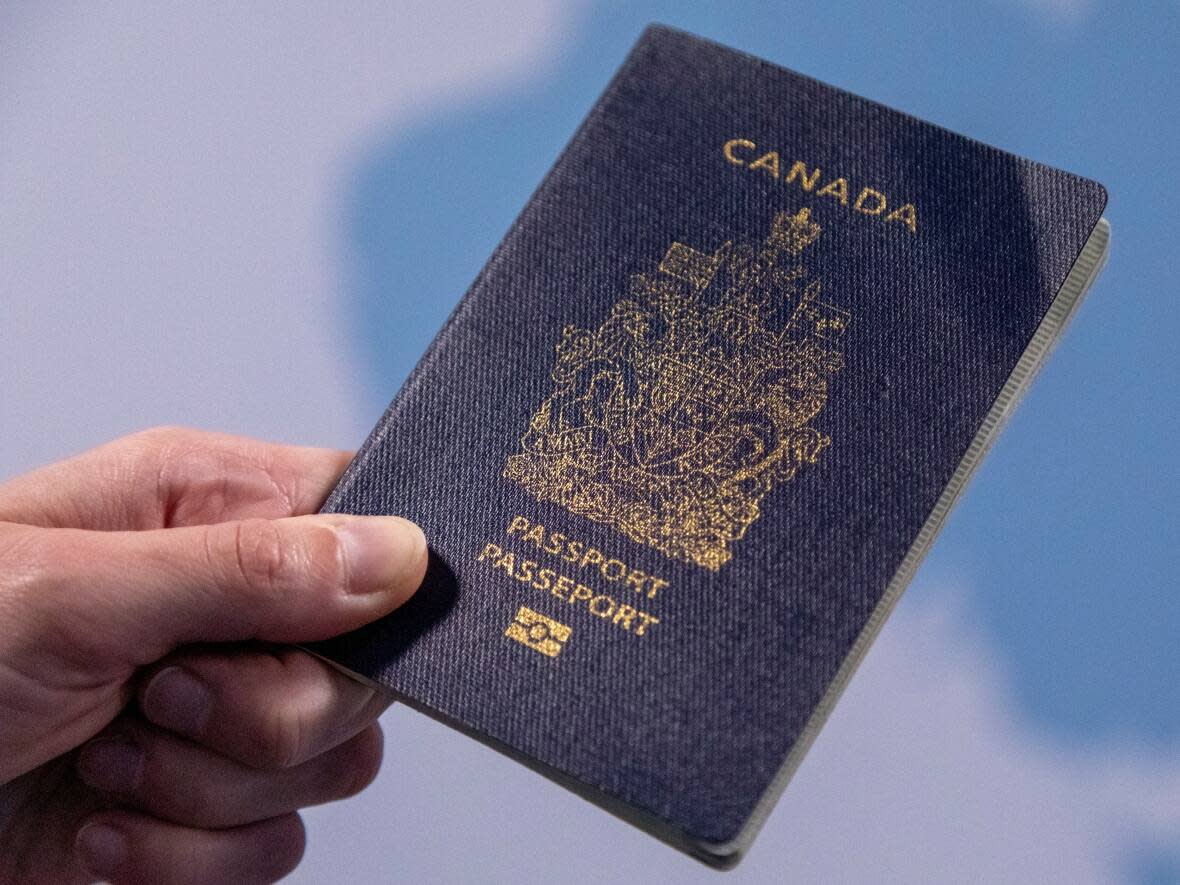
If you've applied for a passport this year — or put it off because of the hours-long queues outside Canada's passport offices — you might have wondered why it's suddenly so hard to get hold of one of those little blue books.
The federal government blames a sudden surge in passport applications, coming at the same time that pandemic-related health restrictions meant up to 70 per cent fewer staff could be onsite at its service centres and processing facilities, up until May of this year.
Immigration, Refugees and Citizenship Canada (IRCC) told CBC News that the backlogs aren't related to the actual production of passports — a process that is shrouded in secrecy in order to prevent counterfeiting and fraud.
Service Canada says cameras aren't permitted behind the counter in offices where passport applications are received or in the privately owned facilities where passports are made. It also declined an interview request from CBC News, but would not provide a reason why.
But the two agencies which oversee the bulk of the work provided information to help piece together the passport's journey in Canada, from the moment you apply until you receive your new travel document.
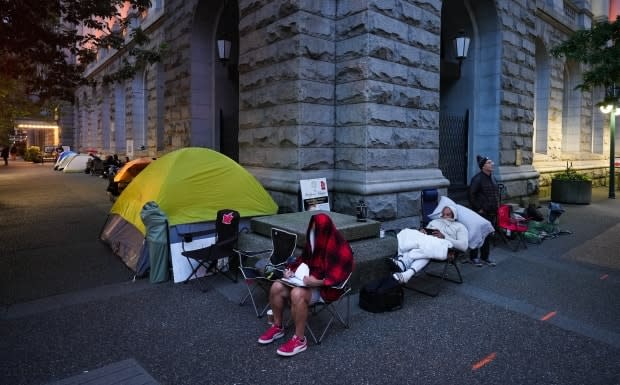
Application stage
The first step involves filling out a form for a new child or adult passport, or a passport renewal form. Canadians can either send their completed application in by mail, or apply in person at a passport office or Service Canada centre, depending on how soon they need a passport.
Managers at passport offices and Service Canada centres have been "triaging" those who line up — sometimes for hours, only to be turned away — to make sure those with the most urgent travel get to the front of the queue. The agencies do not track how many clients are being turned away.
Travel within 2-45 business days:
Anyone planning to travel within 45 business days of application needs to visit one of the 35 passport offices across Canada and show proof of travel.
If you go this route, it can take up to two weeks, plus mailing time, to receive your new passport, though there are urgent and express pickup options available for those who are travelling sooner, for an added fee.
Travel after 45 business days:
Those with travel dates further away should instead go to one of the country's 307 Service Canada centres equipped to handle passport documents, or mail in their application. On Wednesday, Social Development Minister Karina Gould said the government is planning to add passport processing at more Service Canada centres in the weeks ahead.
Given the current demand, it can take up to 13 weeks, plus mailing time, to receive your passport if you apply at a Service Canada centre or by mail. However, some Canadians have complained about waiting months in limbo, with no updates on their applications.
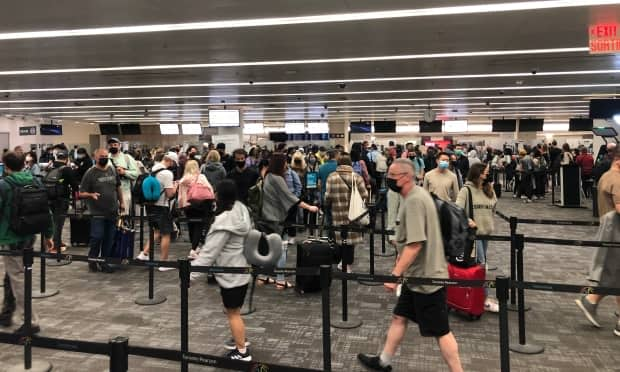
If you apply in person, the worker behind the counter will go over your documents to make sure you haven't missed anything.
Service Canada says mailed applications are "about 40 per cent less efficient to process" — plus once important documents, like birth certificates, are sent off, there's no telling when the government might mail them back.
It's unclear when Canadians might be able to skip the line altogether and apply online. The government awarded IBM a contract to develop a digital application process in 2020. IRCC says a pilot project is ongoing.
Screening and security checks
Once an application is received, an officer analyzes the applicant's eligibility for a passport, makes sure their personal information is complete, checks their photo and ensures that any documents provided are authentic.
If anything is missing, the client might be contacted to provide those details or documentation — or their documents might simply be sent back to them to start the application process again.
Service Canada says the most common errors on applications relate to information about:
Past addresses.
Past occupations.
Guarantor and references.
Identity documents.
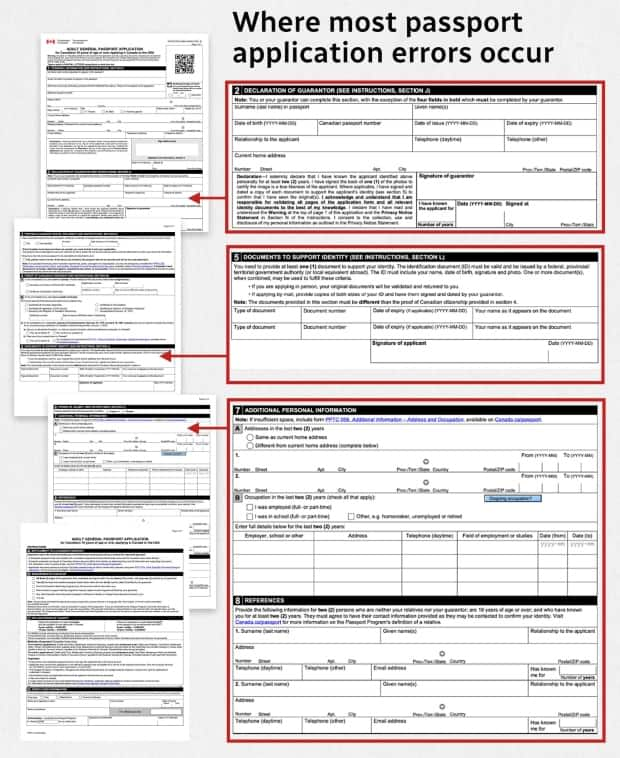
Then come the security checks, many of which are shrouded in secrecy.
An officer checks the applicant's information against databases, including one called System Lookout — a special list which a parent can add their child to if they believe another adult might apply for a passport on the child's behalf, putting them at risk of abduction. The officer will also carry out a risk assessment for the applicant, looking for any possible red flags.
The Passport Program also collaborates with intelligence, police, federal justice, corrections and border agencies, as well as Interpol and others — although it is not clear what information is exchanged with those organizations when a Canadian applies for a passport.
If security or fraud concerns are flagged, the application goes to a second level of review by Passport Program integrity specialists at IRCC.
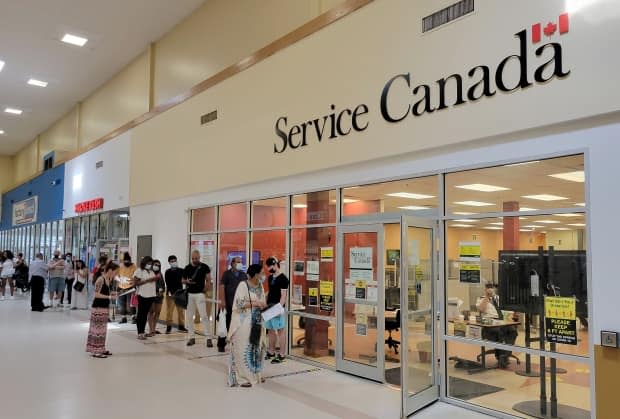
The amount of time for any screening and checks depends on how complex the person's application is, any gaps or "oddities" in their information, and the Passport Program's ability to corroborate the information or resolve its concerns, IRCC said.
Once a passport application is approved — or "entitled," in passport office speak — it is ready for the manufacturing process.
Making the passport
The federal government doesn't actually make those blue passport books; that work is outsourced to the Canadian Bank Note Company, which also prints Canada's banknotes. (Canadian Bank Note did not respond to requests for comment.)
The Ottawa-based company produces blank passports at an undisclosed location. The government's Passport Program is responsible for printing the photo page, which includes your biographical information, and for encoding your photo and information onto a chip embedded in the passport at its own printing sites.

Other security features include holographic images on the photo page and hidden ink only revealed under UV lighting.
The government wouldn't say how long it takes to make each passport, or how much of the passport fee goes toward the manufacturing costs.
However, you can see what the passport printing process looks like in these behind-the-scenes videos released by the U.K. Home Office and Australia's Department of Foreign Affairs and Trade.
More checks, then delivery
After each passport is printed, quality assurance checks are carried out to make sure the information in the book is accurate, and that the chip works. Then the book is ready to be shipped.
If you mailed in your application, your passport will be mailed back. If you applied in person, you can pick up your passport — for an extra $20 fee — or have it mailed to you. If Service Canada fails to get your passport back to you within the promised time period, it will waive the pickup fee.
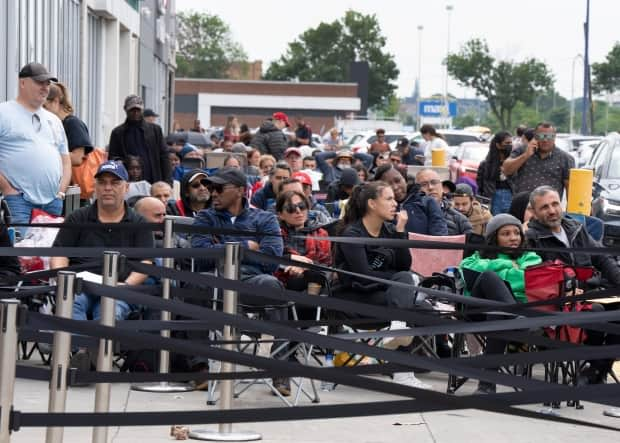
Service Canada says hundreds of staff have been hired over the past year to speed up the process, including workers whose job it is to open and scan mailed applications, as well as more officers to process those applications.
It says it expects the passport backlog to "drop significantly" by the end of summer, to a "lower, more sustainable inventory" heading into 2023. However, the agency also notes that twice as many passports are set to expire next year — 2.8 million, compared with 1.3 million expiring this year — as the first 10-year passports, issued in 2013, expire.


